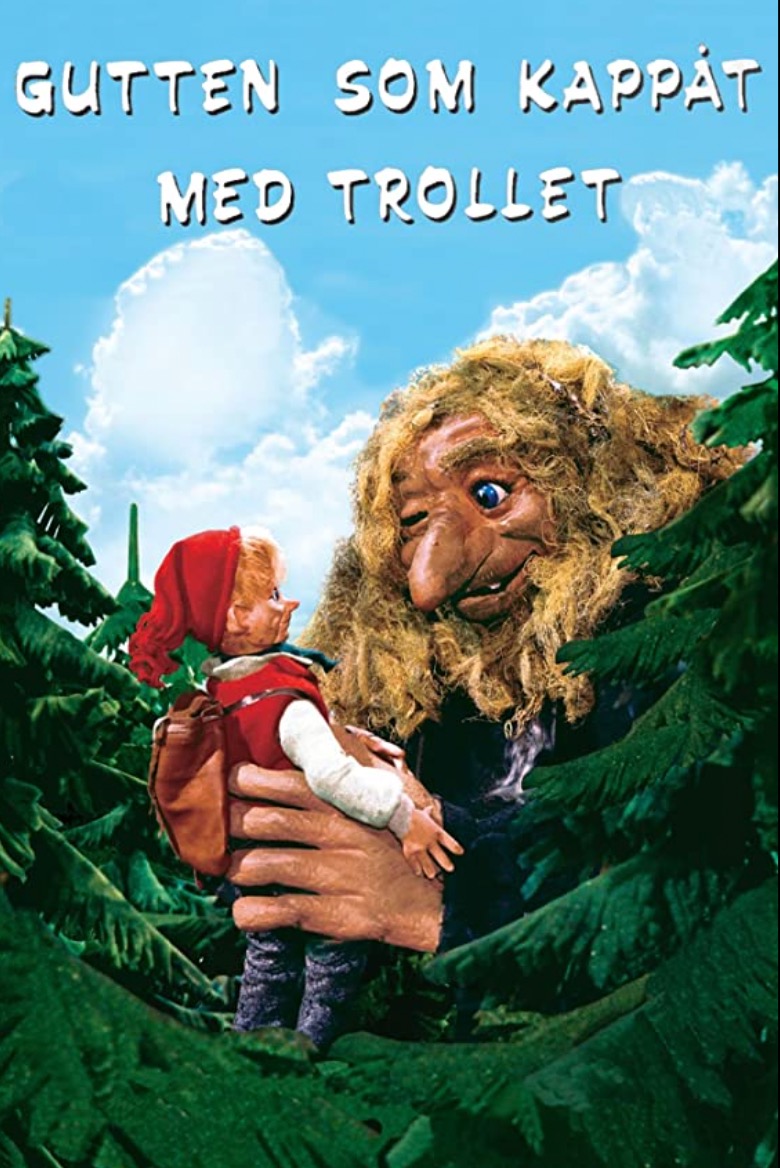Description of Informant
NF (21) is a Norwegian-American, born and raised in Trondheim, Norway before coming to Colorado for middle school. She is fluent in Norwegian and English, is a trained dancer, and presently studies screenwriting and acting at the University of Southern California.
—
Context of Performance
The informant, NF, sits in her bedroom opposite the collector, BK, her friend and classmate.
Performance
NF: It’s called Reve-enka and it basically translates to “The Fox’s Widow” and it’s a Norwegian folktale, or fairytale, and… God I don’t know when it was written. Like early 1900s I want to say? And once again there was a claymation or stop motion [film adaptation]…
BK: So it’s a piece of authored work? Or…
NF: It’s from a collection. So these two Norwegians were inspired by the Grimms to travel around Norway and collect fairytales. So they would go inside people’s homes and collect their stories. And then they wrote those down, and later on, you know, 70 or however many years later, those were adapted into stop motion movies. So they’re examples of fairy tales that were then written down and it’s not exactly authored literature but it was collected the way that the Grimms collected stories and it’s hard to know how much was altered. But it was collected, I believe from a dairymaid.
NF: So [Reve-enka] tells the story of this fox whose husband has just died, so she’s the fox’s widow. And she’s beautiful so she’s got all the suitors. So the first suitor is a wolf and on his way to her house he passes an old lady whose nose is really, really long. And it’s been caught in a tree stump like a crack. And she asks for help and he says, “No, I’m off to propose to the fox’s widow” so he leaves her alone and he goes to the fox’s house. Umm… knocks on the door and is turned away.
NF: The next suitor, I believe, is a bear. And he does the same thing. He walks past the old lady, he doesn’t want to help her. Goes to the fox’s widow and he’s turned away.
NF: And the last suitor is a fox himself. And he’s very poor, dirty. But he stops and he helps the widow— or not the widow, but the old lady. And he helps her get her nose out of the stump and of course… She’s. A. Witch! So she makes him look really nice and he cleans up his coat and makes him all shiny and handsome and sends him off to go see the fox’s widow.
NF: The fox’s widow has like this little helper. She’s like… I don’t know what animal she is. She’s like this little cat? Or something similar. And she’s the one that’s been opening the door and turning away the suitors.So she opens the door, and she’s the one who sees this beautiful gleaming fox. And she gives him such praise and is so excited to see him and welcomes him in. He meets the fox’s widow and they fall in love, and it’s love at first sight, and they live happily ever after.
NF: So it’s another one of those stories about, you know, helping people that you come across because you never know who they are. This was adapted into the film version which I have a stronger association with than the classic fairy tale, which I was told by my parents.
Collector’s Reflection
Reve-enka was collected by Peter Christen Asbjørnsen and Jørgen Moe. Their collection of folktales was near and dear to NF growing up, and was her first experience with the tale. In the original story, which is written in old Norwegian, there is no witch. That seems to have been added to the film adaptation NF is familiar with. The story is also told more from the perspective of the widow rather than the suitors. In this version, as suitors arrive, the widow asks for the color of their coat/fur. She only accepts a suitor whose coat matches that of her dead husband.
While the story NF tells seems to be one of helping others (since you never know who may come back to help you later on), the original seems to deal more with grief, and one’s inability to let go. It makes sense that the former interpretation would be pushed for a children’s cartoon.
—
To view a translated clip from the claymation film adaptation of Reve-enka, please see:
CLIP: https://www.youtube.com/watch?v=YaUSgu_i3sw
“The Fox’s Widow.” IMDb, IMDb.com, www.imdb.com/title/tt0056409/.
—
For a recording of Asbjørnsen and Moe’s version of Reve-enke, please see:
“Asbjørnsen & Moe Eventyr 3.” Spotify, 1 Jan. 2003, open.spotify.com/album/7LtZBeJjjiLFayAax6MDv1?highlight=spotify%3Atrack%3A7koo6ZKGO8aKWePNaqR6lM.

